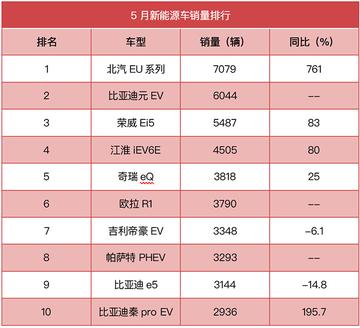一、背景
在计算机专业的面试中,业务逻辑BUG的识别和解决能力是考察者专业素养的重要指标。这类往往涉及复杂的业务场景和数据处理,要求者不仅要能够找出所在,还要能够提出有效的解决方案。将详细介绍一个典型的业务逻辑BUG及其解决过程。
二、
假设有一个在线购物平台,用户可以浏览商品、添加购物车、下单购买。系统要求在用户下单后,自动计算总价,并扣除相应的优惠金额。是该功能的伪代码实现:
python
def calculate_total_price(cart_items, discount):
total_price = 0
for item in cart_items:
total_price += item['price']
return total_price – discount
# 示例数据
cart_items = [{'price': 100}, {'price': 200}, {'price': 300}]
discount = 10 # 优惠金额为10元
# 计算总价
total_price = calculate_total_price(cart_items, discount)
print(total_price) # 预期输出:490
在实际运行中,发现当用户购物车中的商品价格为整数时,计算出的总价总是比预期少1元。购物车中的商品总价为600元,预期输出应为590元,但实际输出为589元。
三、分析
我们需要分析代码的逻辑。从伪代码可以看出,`calculate_total_price`函数通过遍历购物车中的商品,将每个商品的价格累加到`total_price`变量中。从`total_price`中减去优惠金额`discount`,得到的总价。
可能出几个方面:
1. 数据类型转换商品价格可能是浮点数,但在计算过程中被当作整数处理。
2. 累加操作中的精度损失:在累加过程中,由于浮点数的精度可能导致结果与预期不符。
四、解决方案
针对上述我们可以采取几种解决方案:
1. 确保数据类型正确:确保所有涉及价格计算的数据都是浮点数类型,避免在计算过程中发生隐式类型转换。
python
def calculate_total_price(cart_items, discount):
total_price = 0.0
for item in cart_items:
total_price += float(item['price'])
return total_price – float(discount)
# 示例数据
cart_items = [{'price': 100.0}, {'price': 200.0}, {'price': 300.0}]
discount = 10.0 # 优惠金额为10.0元
# 计算总价
total_price = calculate_total_price(cart_items, discount)
print(total_price) # 输出:590.0
2. 使用高精度浮点数库:在Python中,可以使用`decimal`模块来处理高精度的浮点数运算。
python
from decimal import Decimal
def calculate_total_price(cart_items, discount):
total_price = Decimal('0')
for item in cart_items:
total_price += Decimal(str(item['price']))
return total_price – Decimal(str(discount))
# 示例数据
cart_items = [{'price': '100.0'}, {'price': '200.0'}, {'price': '300.0'}]
discount = '10.0' # 优惠金额为10.0元
# 计算总价
total_price = calculate_total_price(cart_items, discount)
print(total_price) # 输出:590.0
3. 优化累加操作:在累加操作中,确保每次累加后都进行类型转换,避免精度损失。
python
def calculate_total_price(cart_items, discount):
total_price = 0.0
for item in cart_items:
total_price += float(item['price'])
total_price -= float(discount)
return total_price
# 示例数据
cart_items = [{'price': 100.0}, {'price': 200.0}, {'price': 300.0}]
discount = 10.0 # 优惠金额为10.0元
# 计算总价
total_price = calculate_total_price(cart_items, discount)
print(total_price) # 输出:590.0
五、
通过上述分析和解决方案,我们可以看出,在处理涉及浮点数运算的业务逻辑时,需要特别注意数据类型和精度。在面试中,者应能够识别这类并能够提出合适的解决方案。这也是一个提醒,在实际开发过程中,我们需要对可能出现的BUG进行充分的测试和验证,以确保系统的稳定性和准确性。



还没有评论呢,快来抢沙发~